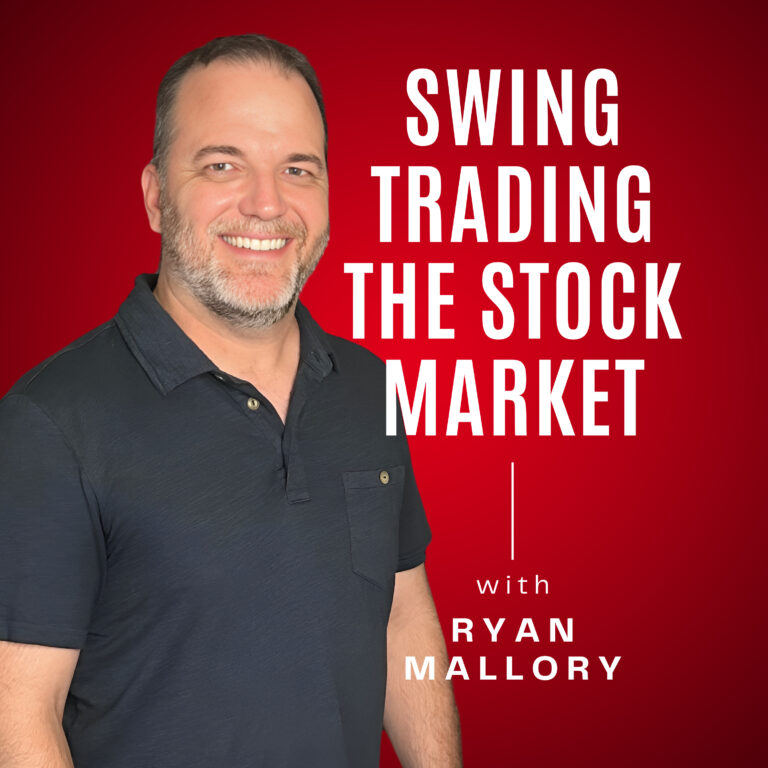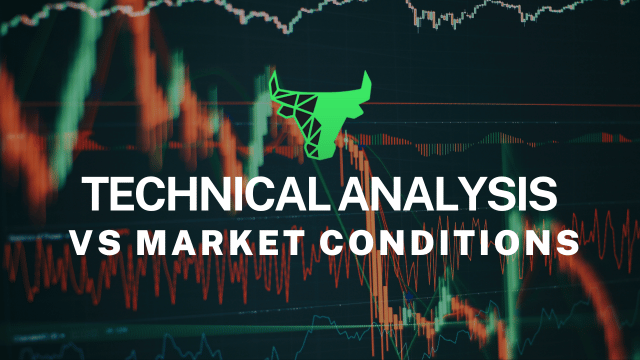Let’s face it…there are tons, and I mean TONS of indicators one can use to trade with. Some of them claim to encompass everything you need in order to make dependable trading decisions – but let me just tell you right off the bat, that such bold claims is complete horse manure. Indicators, in an of themselves, are nothing more than derivatives of price and volume – that is something you MUST realize and that is why I am always pounding on the fact that price and volume should be what you conduct your primary analysis on, and any indicators you use thereafter should only be used in conjunction to support or expose divergences in price and volume.
I have actually met people in the past that brag to me about how they actually ignore price or volume or BOTH all together and trade simply off of their indicators. Frankly, that is the craziest thing I have ever heard. Never in my wildest dreams could I ever support or encourage someone to try doing such a thing. You are just setting yourself up for disaster.
I use indicators in a myriad of different ways, but I don’t put a lot of emphasis on them in relation to the amount that I do with price and volume. The one indicator I tend to use the most is the stochastics for measuring oversold and overbought conditions in the market. You can also use a number of other indicators as well to accomplish the same exact thing – this is just the one I have grown used to over the years. The way I use stochastics is for staging my positions…for instance, if the market is way overbought on the S&P (i.e. a stochastics rating above 80) I will be hesitant about entering into new long positions as a result. Instead I will look to add once it dips below 80 and steadily add as it comes off of those high levels. That way I can manage my risk much better. Or on the flip side, if I am shorting the market and the market becomes very oversold (stochastics rating below 20) then I may start hedging my short positions with some long positions as well.
However, you’ll never see me say “buy stocks when oversold” and “sell stocks when overbought”, but believe it or not, many people, especially newbies in search for that holy grail will make those kinds of trading decisions. In fact, for the next article I will do, I will back test this theory and let you see how futile this kind of thought process is. But if you combine the stochastics and the extreme oversold/overbought conditions it can identify, with solid price and volume analysis, THEN you can find yourself in some very desirable trade setups that bring profits-a-plenty.
The main point I want to drive home here though, is not the merits of stochastics or any other indicator, but that you 1) be selective of what indicator you use, and 2) let that indicator be a backdrop to price and volume analysis. In reality, you can do very well in the stock market JUST off of price and volume alone. That is how some of the greatest traders have done it, like Jessie Livermore and Nicolas Darvas – they made millions upon millions and you can do the same as well by steady plotting and not believing in an indicator or two to be the end all of all indicators.

Welcome to Swing Trading the Stock Market Podcast!
I want you to become a better trader, and you know what? You absolutely can!
Commit these three rules to memory and to your trading:
#1: Manage the RISK ALWAYS!
#2: Keep the Losses Small
#3: Do #1 & #2 and the profits will take care of themselves.
That’s right, successful swing-trading is about managing the risk, and with Swing Trading the Stock Market podcast, I encourage you to email me (ryan@shareplanner.com) your questions, and there’s a good chance I’ll make a future podcast out of your stock market related question.
In today's episode, I cover the expectations that we should be setting for ourselves as swing traders, from the number of trades we should be expecting to take, how long and how short we should be in our trading portfolio, as well as what the expectations for a win-rate should be.
Be sure to check out my Swing-Trading offering through SharePlanner that goes hand-in-hand with my podcast, offering all of the research, charts and technical analysis on the stock market and individual stocks, not to mention my personal watch-lists, reviews and regular updates on the most popular stocks, including the all-important big tech stocks. Check it out now at: https://www.shareplanner.com/premium-plans
📈 START SWING-TRADING WITH ME! 📈
Click here to subscribe: https://shareplanner.com/tradingblock
— — — — — — — — —
💻 STOCK MARKET TRAINING COURSES 💻
Click here for all of my training courses: https://www.shareplanner.com/trading-academy
– The A-Z of the Self-Made Trader –https://www.shareplanner.com/the-a-z-of-the-self-made-trader
– The Winning Watch-List — https://www.shareplanner.com/winning-watchlist
– Patterns to Profits — https://www.shareplanner.com/patterns-to-profits
– Get 1-on-1 Coaching — https://www.shareplanner.com/coaching
— — — — — — — — —
❤️ SUBSCRIBE TO MY YOUTUBE CHANNEL 📺
Click here to subscribe: https://www.youtube.com/shareplanner?sub_confirmation=1
🎧 LISTEN TO MY PODCAST 🎵
Click here to listen to my podcast: https://open.spotify.com/show/5Nn7MhTB9HJSyQ0C6bMKXI
— — — — — — — — —
💰 FREE RESOURCES 💰
My Website: https://shareplanner.com
— — — — — — — — —
🛠 TOOLS OF THE TRADE 🛠
Software I use (TC2000): https://bit.ly/2HBdnBm
— — — — — — — — —
📱 FOLLOW SHAREPLANNER ON SOCIAL MEDIA 📱
*Disclaimer: Ryan Mallory is not a financial adviser and this podcast is for entertainment purposes only. Consult your financial adviser before making any decisions.




